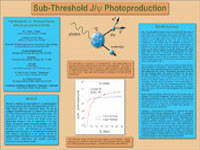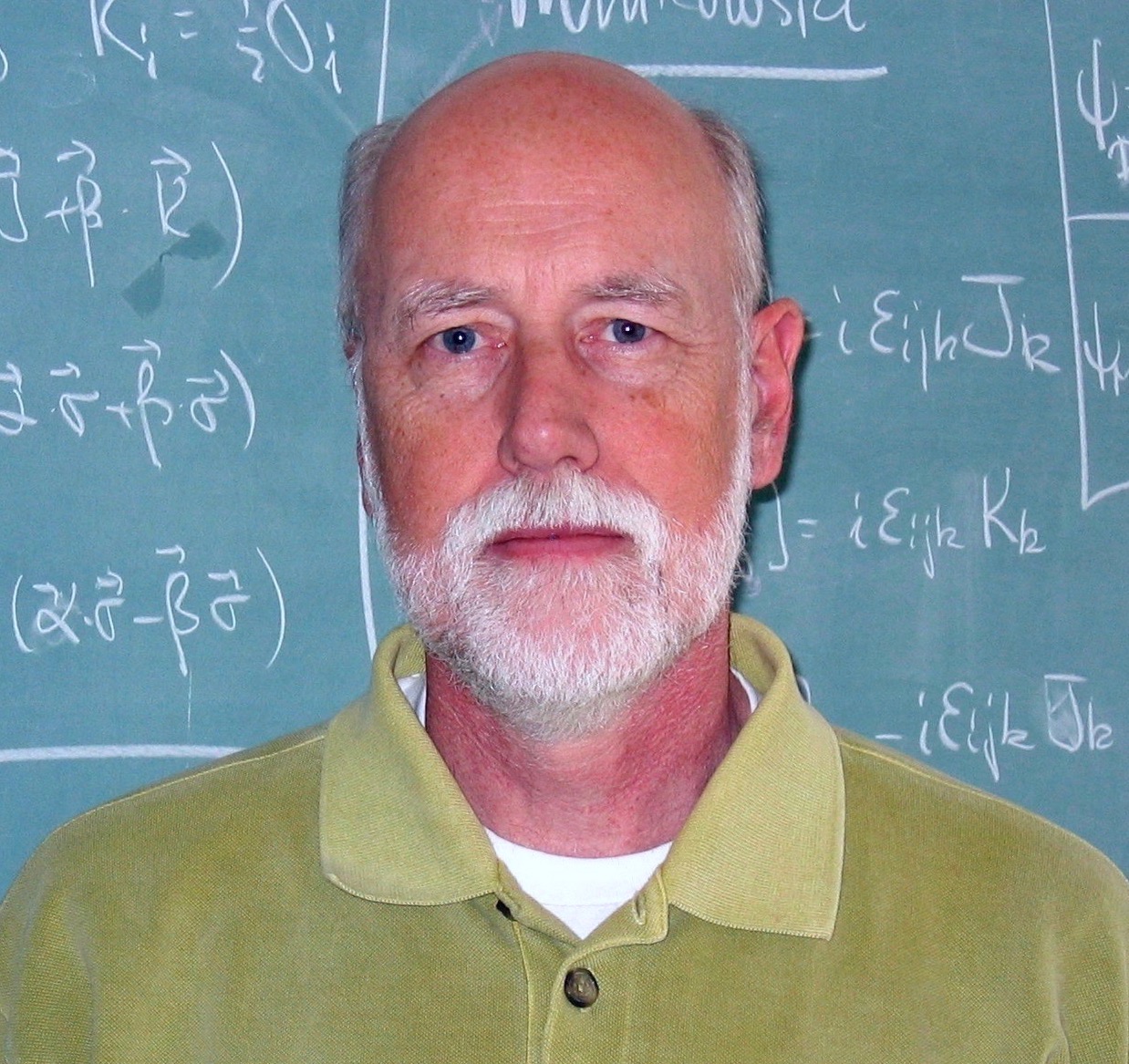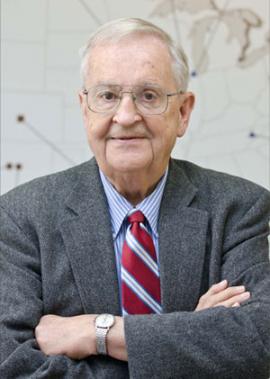JEFFERSON LAB SEARCH
*Use spaces between key words, no punctuation needed *Sign In for authenticated content
-
-
-
Online Documentation for Running Hall-C
(username/password are available from Hall C Counting Room) -
-
The Hall-C Moller Polarimeter measures the polarization of the electron beam arriving in Hall-C. It does so by observing the rate of production of Moller electrons at 90 degrees in the center of mass when the beam strikes a thin iron target. The outer shell electrons in the iron are polarized parallel (or anti-parallel) to the beam direction by a 4 Tesla magnetic field. The Moller electron production rate differs when the beam and target electron spins are aligned parallel or anti-parallel to one-another. Measurement of this rate difference provides a measure of the beam polarization.
-




